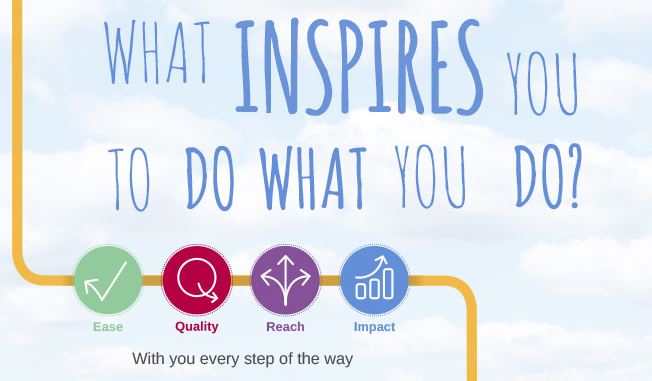are-colleges-meeting-the-needs-of-today-s-employers
July 09, 2019
By now you’ve probably heard the term “skills gap” to describe the growing disconnect between higher education institutions and employers in preparing college graduates to enter the workforce, but what does it really mean?
The facts are sobering. In a recent survey of 600 Human Resource leaders by Wiley Education Services and Future Workplace, 47% of respondents said that they felt college wasn’t preparing students for the working world. And as more and more jobs go unfilled, employers are considering candidates who have pursued alternatives to traditional four-year degrees to meet their needs, including certifications and MOOC (Massive Online Open Course) degrees.
But at the same time, Matt Hillman and Todd Zipper, Co-Presidents of Wiley Education Services, noted in a recent interview that an increasing number of US-based jobs still require a bachelor’s degree.
Working Together to Bridge the Skills Gap
So how can institutions better equip learners with the skills employers need?
Expanding offerings beyond the traditional four-year degree enables more learners to pursue higher education. This broadens the pool of students (and future employees) to those who wouldn’t typically have access to higher education, or who are considered non-traditional learners.
Stronger, ongoing partnerships between academic institutions and employers are also necessary to improve the pipeline of new workers and help identify curriculum shortfalls, especially in fast-moving areas such as technology. As a result, higher education institutions can adjust by offering short term or part-time programs which employers simply don’t have the time or resources to administer.
Data is another crucial element that can be leveraged to address employer needs. Wiley Education Services supports academic institutions in gathering insights and measuring the performance of their programs vs. industry trends. Institutions can then use these metrics to adjust and develop on an ongoing basis to better meet the needs of employers.
Using Technology to Enhance Teaching and Learning
Beyond the use of data, Hillman and Zipper noted that there are now more opportunities than ever to improve the student and faculty experience through technology. Students can easily communicate with instructors and quickly access answers to questions. At the same time, AI and automation reduces the administrative workload for instructors, allowing them to focus on such priorities as developing their students’ strategic thinking and analytic skills, which were identified in the skills gap survey as being among the most in-demand skills employers are seeking.
Technology is also a route to making higher education more affordable and accessible. This comes at a time when demonstrating the return on investment of a college degree is arguably more important than ever.
While addressing the skills gap may seem daunting, these are some of the exciting ways that institutions can harness technology to prepare the future workforce.
Learn more about what institutions and corporations can do to address the skills gap by reading the full article with Matt Hillman and Todd Zipper on the WCET blog.










